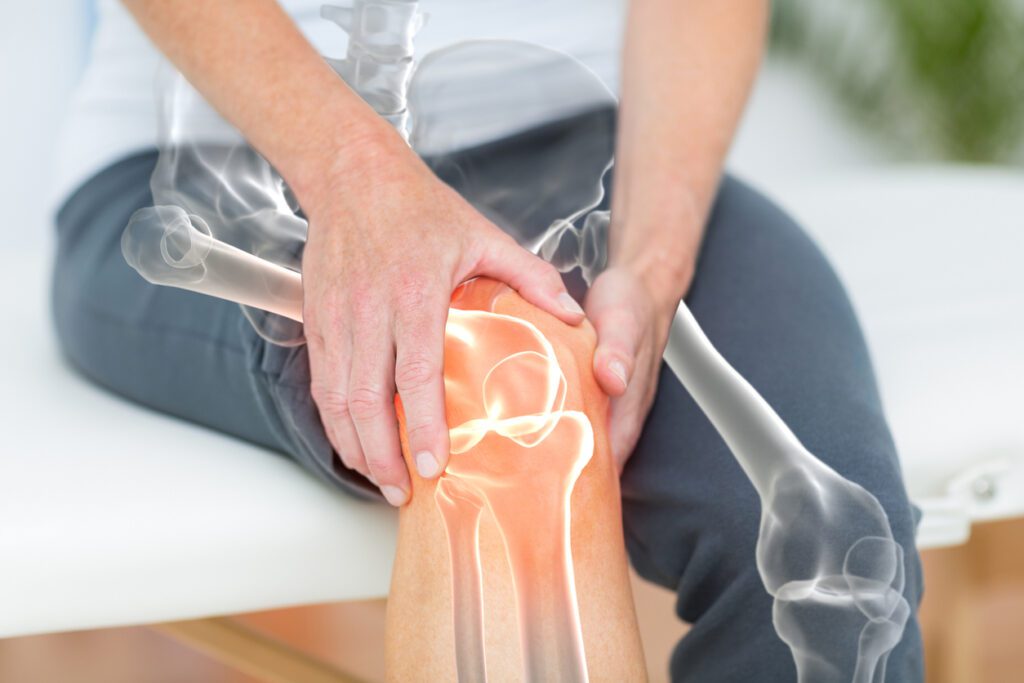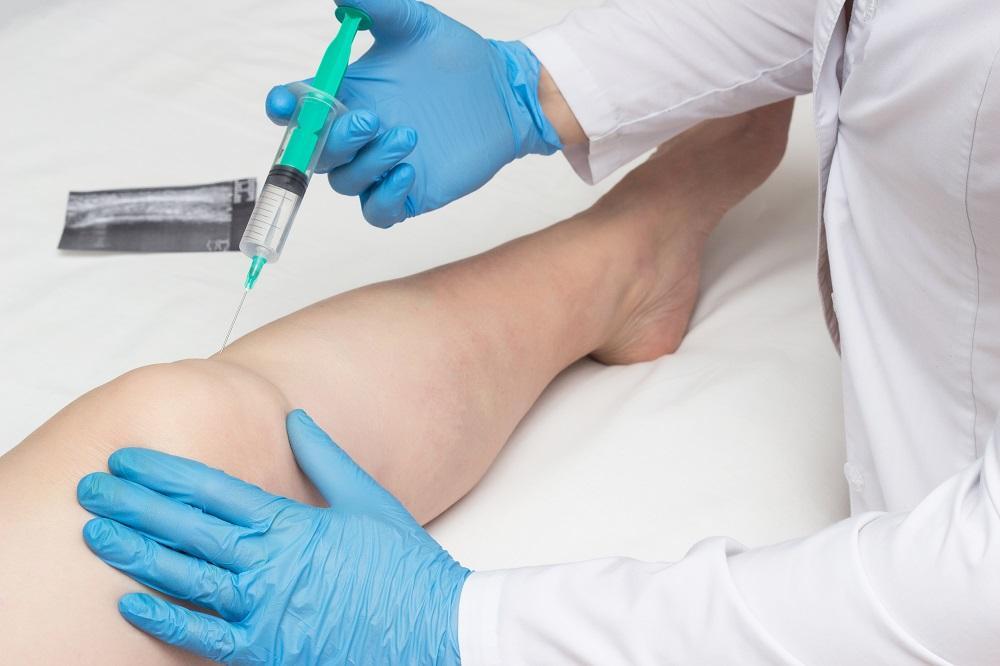Navigating the Path to Recovery: Rehabilitation After Total Joint Replacement Surgery
Introduction:
Undergoing total joint replacement surgery marks a transformative journey toward improved mobility and reduced pain. This article explores the critical phase of rehabilitation post-surgery, shedding light on the recovery process and essential aftercare.
Rehabilitation After Joint Replacement Surgery:
Rehabilitation after joint replacement surgery is a tailored program aimed at restoring strength, flexibility, and functionality. It encompasses a series of exercises, physical therapy, and lifestyle adjustments to optimize the benefits of the surgical intervention.

Duration of Recovery:
The duration of recovery after total joint replacement varies, influenced by factors such as the type of surgery and individual health. Typically, initial healing takes a few weeks, with a gradual improvement over several months. Full recovery may extend up to a year.
Rehab Duration After Total Knee Replacement:
In the case of total knee replacement, rehabilitation is an integral component of the recovery process. The duration of rehab after total knee replacement varies, but it commonly spans six to eight weeks. However, continued exercises and activities may extend for several months.
Aftercare for Joint Replacement Surgery:
- Physical Therapy: Regular sessions with a physical therapist are crucial for targeted exercises that enhance joint mobility and muscle strength.
- Medication Management: Following the prescribed medication regimen is vital to manage pain and inflammation during the recovery phase.
- Home Exercises: Incorporating prescribed home exercises into daily routines maintains the progress achieved through formal rehabilitation sessions.
- Diet and Nutrition: A well-balanced diet rich in nutrients supports the healing process and contributes to overall health.
- Follow-Up Appointments: Regular follow-up appointments with the orthopedic surgeon ensure monitoring of progress and prompt identification of any issues.

Navigating the Recovery Journey:
The initial weeks post-surgery involve a gradual reintroduction of activities. Mobility aids, such as crutches or walkers, may be used initially, gradually transitioning to independent walking. The incorporation of adaptive devices and home modifications facilitates a smooth recovery.
Empowering Patients through Education:
Understanding the rehabilitation process empowers patients. Active involvement in prescribed exercises and adherence to aftercare guidelines are pivotal in achieving the best possible outcomes. Education on recognizing potential complications ensures timely intervention if needed.

Conclusion: Embracing a Renewed Lease on Mobility
Rehabilitation after total joint replacement surgery is not merely a phase of recovery but a transformative journey toward regaining a fulfilling and active life. As patients commit to the rehabilitation process and prioritize aftercare, they embrace a renewed lease on mobility and well-being.
In navigating the path to recovery, patients find support not only in healthcare professionals but also in their own commitment to active participation. Through dedication to rehabilitation and adherence to aftercare recommendations, individuals pave the way for a future marked by improved joint function and enhanced quality of life.
Know More About Total Joint Replacement Rehabilitation
